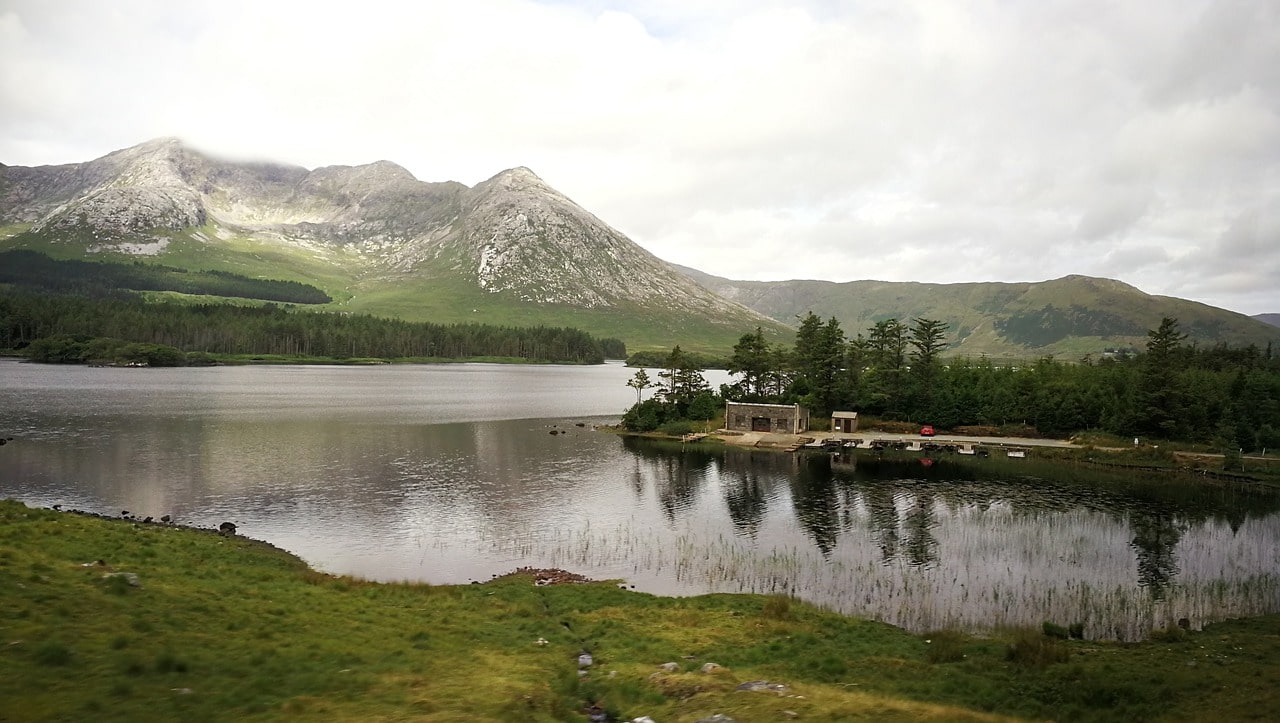
Although peatlands cover only 3% of the global terrestrial surface, they have a diverse and significant impact on both nature and human needs. Healthy peatlands are critical for preserving biodiversity, provide safe drinking water, food, medicinal plants, fodder and fibre, minimise flood risk and contribute to climate change mitigation (IUCN 2021). Peatland ecosystems belong to wetlands and play an important role in nature as they regulate climate through sequestering carbon from the atmosphere and storing it in peat sediments. They provide habitats for many plant and animal species that are unable to live in other environments. Peatlands are part of a hydrological network that links streams, rivers, lakes, water flows, water level and water quality; they improve groundwater supply and support water resource management (IUCN 2021). Peatlands worldwide contain around 650 gigatonnes or 30% of planets’ soil carbon, twice as much as all forests on the Earth (FAO 2020).
However, these ecosystems are affected by human activity, mainly drainage, thus converting them into important sources of greenhouse gas (GHG) emissions. Degraded peatlands annually release almost 6% of global anthropogenic carbon dioxide (CO2) emissions. In terms of biodiversity conservation, nowadays peatlands are among the most threatened habitat types in Europe. According to the European Union’s 2010 Biodiversity Baseline adopted in 2015 (EEA 2010), 87.3% of European wetlands are in unfavourable conservation status.
The year 2021 marks the first year of the United Nations Decade on Ecosystem Restoration highlighting the tremendous need to keep ecosystems functional and turn back their degradation as a task for humankind of utmost importance. Countries are encouraged to include peatland restoration in their commitments to global international agreements, including the Paris Agreement on climate change. Peatland restoration has been proven to be cost-effective as a nature based solution compared to other available carbon reducing technologies. It also has the added bonus of re-establishing the multiple benefits arising from peat-forming ecosystems (IUCN 2021).
The LIFE Peat Restore project “Reduction of CO2 Emissions by Restoring Degraded Peatlands in Northern European Lowland” (LIFE15 CCM/DE/000138, 2016–2021) was financed by the European Commission, LIFE subprogramme “Climate change mitigation and adaptation”. The project contributed to the mitigation of climate change in different climatic regions (from 52° NL to 59° NL) in the lowlands around the Baltic Sea in five European countries: Germany, Poland, Lithuania, Latvia, and Estonia. The project highlighted the need to pay attention to degraded peatlands and demonstrated restoration as a tool to reduce CO2 emissions and mitigate climate change, covering 5300 hectares.
The overall objective of the LIFE Peat Restore project was to reduce CO2 emissions that cause climate change by restoring degraded peatlands. The project aimed to mitigate the situation by supporting CO2 uptake by raising and stabilising the water table, thus re-creating conditions for the establishment of peat-forming vegetation, accumulation of organic matter and inducing a significant reduction of GHG emissions. In order to achieve these goals, the LIFE Peat Restore project initiated restoration in different types of degraded peatlands: post-harvested peat fields (bogs), slightly to heavily drained raised bogs, fens, transitional mires, and fen and bog woodlands using different techniques.
The results and experience of the project are summarised in this Best Practice Book for Peatland Restoration and Climate Change Mitigation providing guidelines and experiences for decision makers and experts. The Best Practice Book aimed to provide scenarios for the peatland restoration and to demonstrate the process, as different peatland types and variable disturbance levels require specific decisions and techniques in restoration that may vary from site to site.
The preliminary results in 2021 reveal that the peatland management actions support CO2 uptake or reduction of CO2 emissions through raising the water table that creates suitable conditions for peat-forming vegetation and eventually accumulation of organic matter. As a result, peat-forming mire vegetation has started to re-establish which is the first step towards the recovery of functional peatland ecosystems. It is estimated that the project has an impact of reducing around 9890 t of CO2 eq/yr emissions (derived from estimates of indirect GEST approach).
